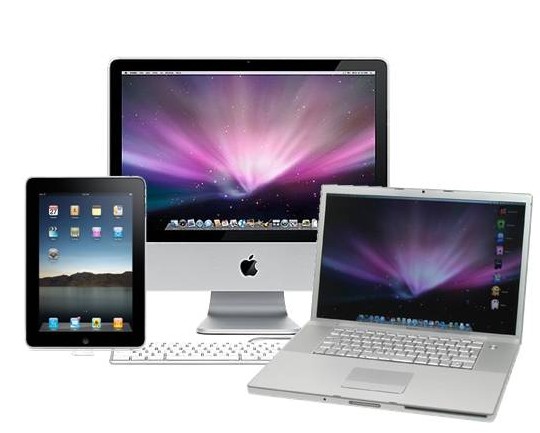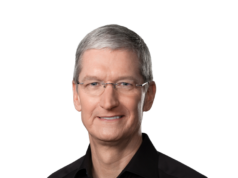Computers were initially developed as desktops, but with the invention of the first commercially available laptop in 1975, their form has varied depending on the needs and budget of the user. The most common types of computer available now are notebooks, netbooks, and the ubiquitous desktop.
Notebooks
A notebook, or laptop, is a standard portable computer. They have a screen size ranging from 13 inches up to 18 or 20 inches, with the most common sizes being 15.4 to 15.6 inches. Those with the very largest screens are notebooks in name only, as they are easier to move than a desktop but too heavy to be truly portable.
Notebooks are distinguished from netbooks primarily in that they have optical drives. Their battery life is lower, as they sacrifice longevity for more processing power. They have become far more popular than desktops in recent years because the difference in price between the two has become so little, and many home users find that a notebook is quite suitable for their basic needs while also being compact and portable.
Ultraportables are a type of notebook typically used by business people and professionals. They are far more expensive than the average 15 inch notebook, and are designed to be far more powerful while maintaining a longer battery life. Their screen size ranges from 12 to 14 inches.
Netbooks
Netbooks are a relatively new phenomenon in IT. The first netbook was introduced by Asus in 2007, and was named the EEE PC. Their screens range from 7 to 10 inches in size, and they are typically much cheaper than a notebook. Netbooks have no optical drive and are less powerful, but they are ideally suited to any user on a budget or in need of basic, portable computing. They have become incredibly popular among students, IT professionals, home users and many others in a very short space of time.
Netbooks are unusual in that a significant percentage of them use Linux rather than Windows.
Desktops
The desktop is the classic computer, consisting of a tower unit with various peripherals attached to it such as the monitor and keyboard. They are still widely used in businesses where ergonomics rather than portability is the main issue; typing on a full sized desktop keyboard is far more comfortable in the long term than on a notebook keyboard.
The main advantage of a desktop is that it can be customised and upgraded as needed by the user. For example, a user can open up the case of a desktop tower and add another hard drive to increase the storage, but in order to do the same to a notebook, the machine would have to be disassembled entirely and the drive swapped with one of a higher capacity.
Small form factor desktops are a particular subtype that are designed to be as compact as possible. They are much smaller than a normal tower, and still require a monitor, keyboard and mouse to operate. Businesses and industries where space is a serious consideration make the most use of small form factor machines.
As technology progresses, the lines between different types of computers are being blurred between large, fully featured desktops all the way down to Internet tablets and smartphones. As users’ needs change, more varieties will undoubtedly emerge to fill market gaps.



















